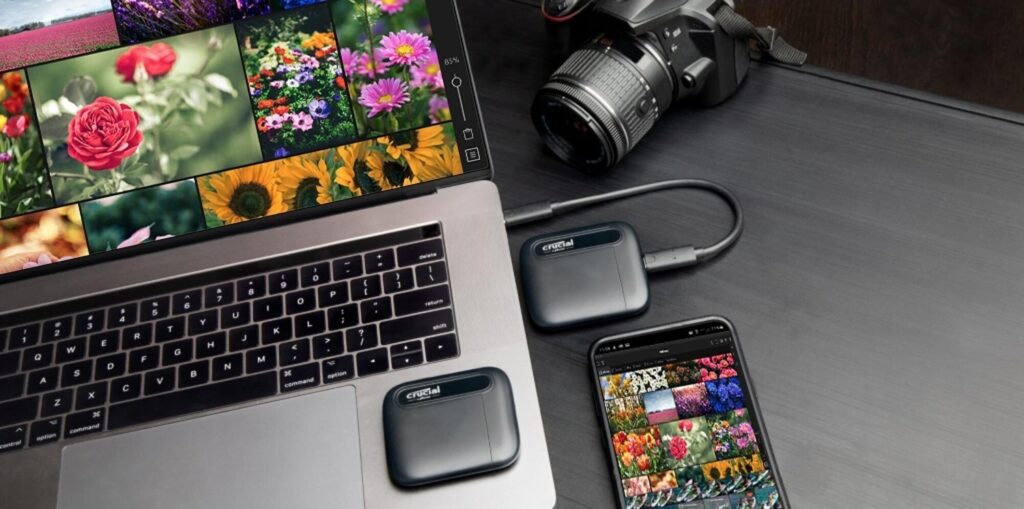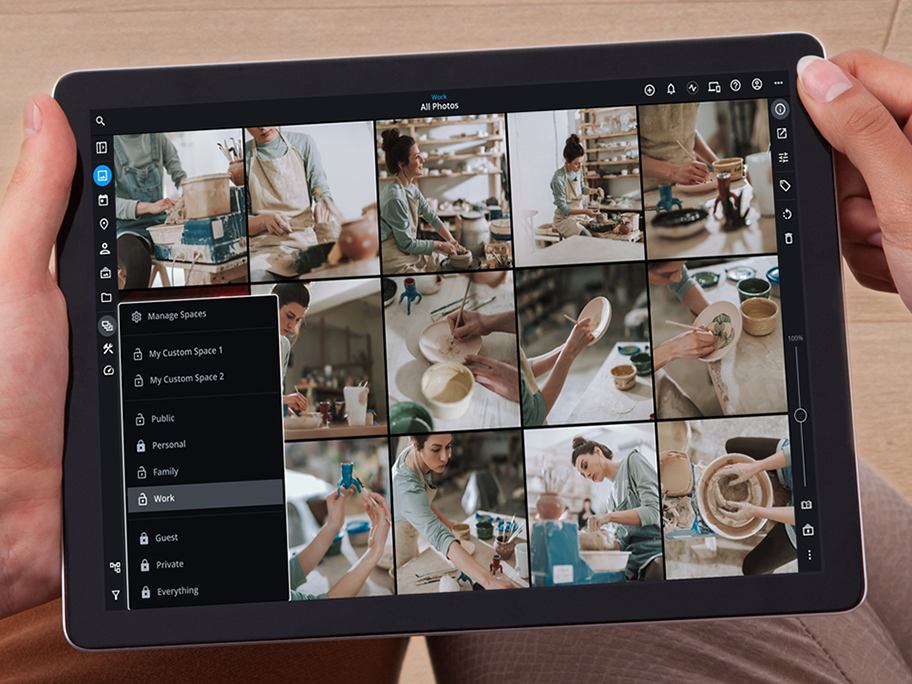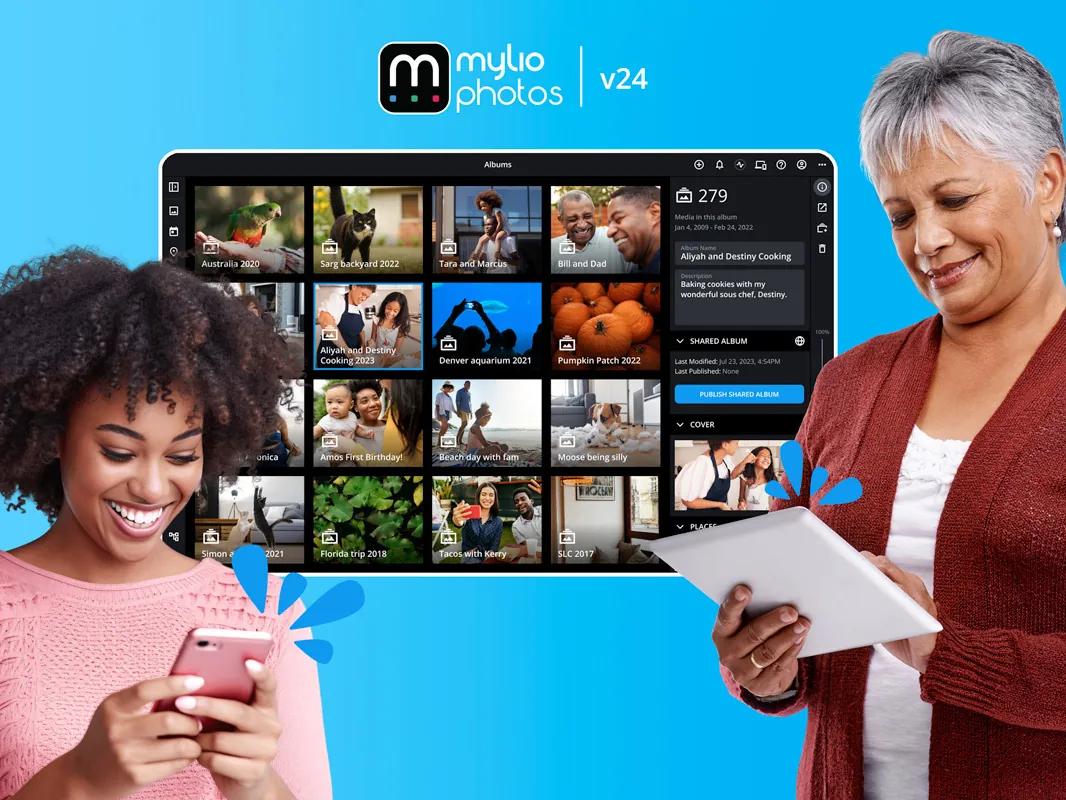Everyone values their photos and personal data. March 31st is World Backup Day, dedicated to raising awareness about the importance of backing up our data.
We lose important (often irreplaceable) data in countless ways: loss, theft, or failure of mobile devices, deleting files accidentally, natural disasters, computer crashes, and storage device failures. Massive data breaches (like this one at Facebook) can compromise the personal data of users worldwide. And trusted photo services unexpectedly close (Costco) or change policies. For instance, Shutterfly recently warned “inactive” customers their stored photos would be deleted.
To help everyone to learn how to protect their precious photos, videos, and documents from loss using the universally accepted 3-2-1 rule, Mylio partnered with Crucial Memory to produce a beginner’s backup tutorial: 3-2-1 Backup for Photos, Videos, and Docs. This on-demand video is free to watch and covers everything needed to set up reliable backups at home.
Our comprehensive eBook, A Guide to Safer Backups for Photographers, is also available as a free download.
Why it is safer to back up your photos and files on local devices – not just the cloud
“Photographs represent memories that only grow more valuable with time. When thinking about the legacy photos represent and what information they contain, we need to think about protecting them long-term,” says David Vaskevitch, CEO of Mylio and the former CTO of Microsoft. Remote storage in the cloud is a convenient option, says Vaskevitch, but “we need to store our photos first and foremost on our own devices.”
Mylio Photos is designed to help users take control of all their media by ensuring everything is backed up on storage devices they own (with optional cloud backup) – so they never lose access to priceless family memories and media.

3-2-1 Backup Rule basics:
- Keep at least 3 copies of any important file: 1 primary and 2 backups.
- Keep files on 2 different media types (for example, computer or external hard drive and cloud service).
- Store 1 copy off-site (perhaps the office or a cloud service).
Do we know where our photos are? (And can we easily find them?)
Photo-taking worldwide in 2023 is expected to increase 7.5%, reaching just under 1.6 trillion photos. Given how many images people are capturing, it’s easy to lose control of decades of photos that are scattered across devices, online and cloud services, social platforms, and boxes of photo prints and slides.
Mylio Photos offers a solution to these challenges. Users can bring a lifetime of memories together in one organized library that connects across devices. It’s simple to enhance, choose, and quickly find photos, even without the internet or the cloud. Everything is private and protected, thanks to automatic syncing and backup (across a secure network) to local drives – and optional cloud storage. To learn more, read this.
In many ways, the most direct path to our memories is through our photos. Mylio is dedicated to helping people never lose a memory – and easily organize, find, share, and enjoy their family’s digital legacy today, and for generations to come.
To learn more about Mylio Photos, and download the app and try it free for 30 days, visit mylio.com.

Susan Enfield is a Boulder, Colorado-based writer who covers healthy lifestyle, outdoors, food, and travel. She first fell for photography in the darkroom developing shots from a Nikon F-50 and now takes photos with her iPhone as well as a Sony RX100.


